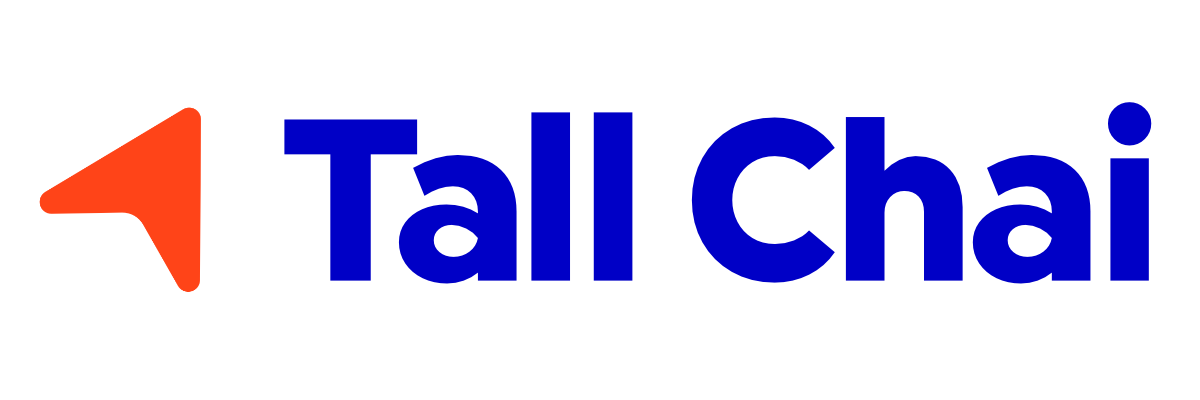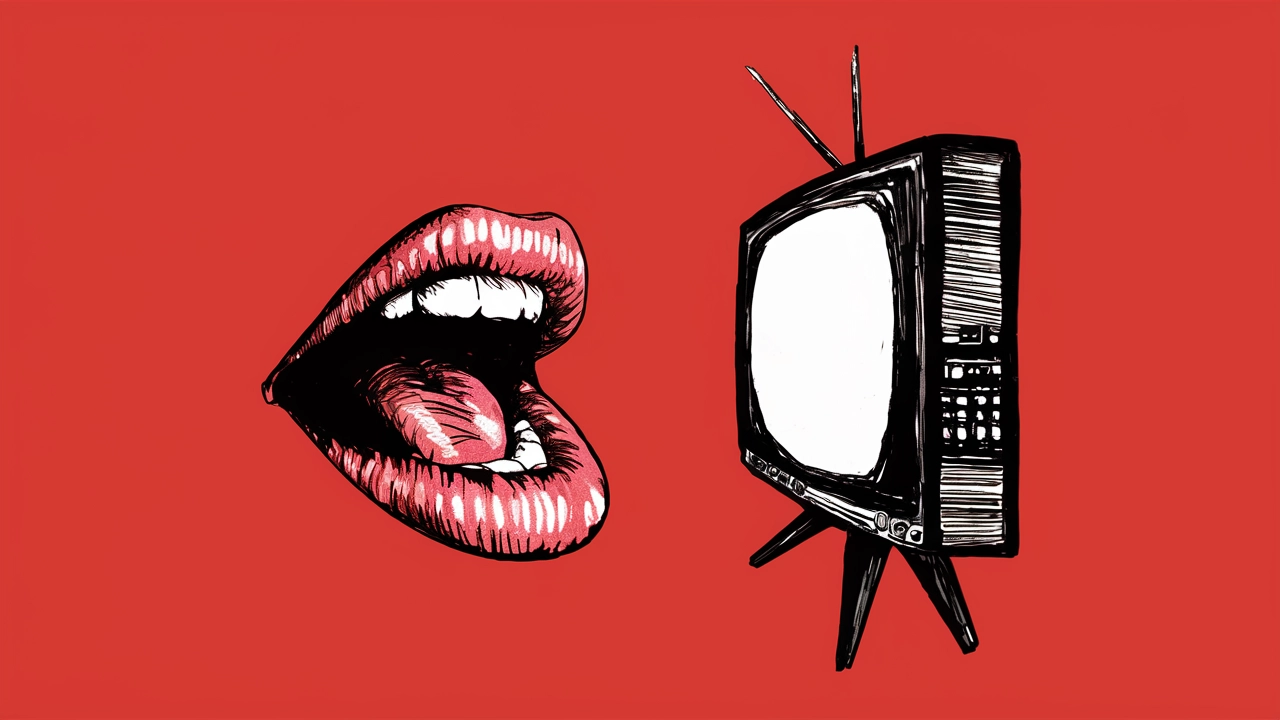Last month, OpenAI introduced Sora, a groundbreaking system set to revolutionize text-to-video technology. This was a game-changing move in the world of AI. Sora acts like a creative wizard, turning text into captivating video content that feels real and immersive.
Unsurprisingly, Sora made a lot of noise when it was announced. While Sora is not currently available for the general public to use, OpenAI CEO Sam Altman tweeted a few videos that Sora had generated from text prompts. And needless to say, it blew everyone's minds.
How does text to video generation work?
So, what is this text-to-video technology that's making the news? Well, imagine telling a story or describing a scene, and Sora magically turns those words into dynamic video sequences, capturing the essence of your narrative with stunning accuracy and detail. It's like having a talented artist visualize your words and create a visual masterpiece that resonates with viewers on a whole new level.
What makes Sora truly special is its ability to understand the nuances of language and translate them into visually compelling videos. By diving deep into the text you provide, Sora picks up on characters, settings, actions, and emotions, weaving them together seamlessly to craft a video that stays true to your original vision.
And how does this magic happen? As expected, a lot goes on behind the scenes. Here's a brief summary of how video generation models like Sora work:
- Text Analysis: Sora delves into the text, extracting details crucial for setting the stage and laying the foundation for the visual journey ahead.
- Scene Generation: With text analysis in hand, Sora creates scenes that bring your story to life, flowing naturally into a visual narrative that draws viewers in and keeps them hooked.
- Visual Rendering: Using its bag of tricks, Sora transforms scenes into vibrant video frames with lifelike textures, lighting effects, and motion, making you feel like you're right there in the moment.
- Post-Processing: Once video frames are ready, Sora adds final touches to enhance their visual appeal, like adding a sprinkle of magic dust to make everything shine a bit brighter.
- Output Generation: Voilà! Sora puts all the pieces together, creating a complete video sequence mirroring your original text input. The end result is a mesmerizing video capturing the essence of your story in a way words alone could never do justice.
When will Sora be available to public?
As per the latest information, there is no specific timeline or details regarding when Sora will be accessible to a broader audience. Currently, access to Sora is being granted to select groups for feedback on advancing the model. Some visual artists, designers, and filmmakers have received access to Sora for testing purposes and exploring its capabilities and potential applications in creative industries.
With Sora leading the charge, we're entering an exciting new era of video generation. As AI continues to push boundaries, tools like Sora pave the way for a future where imagination knows no limits, quite literally.

